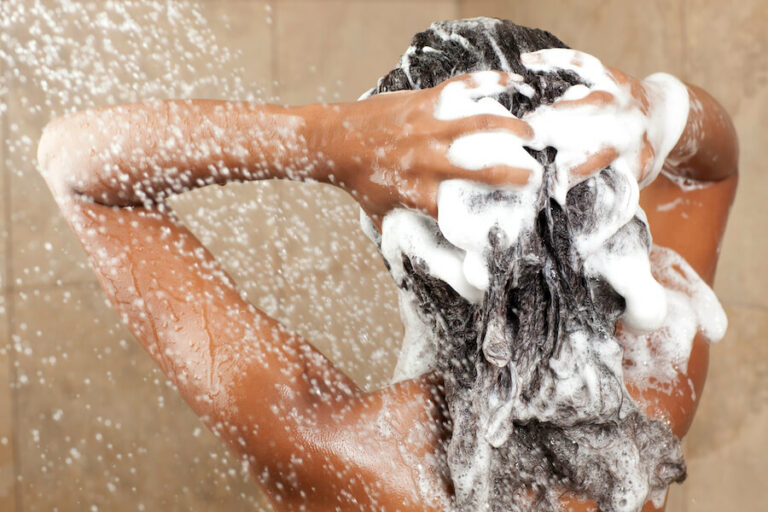
1,4-DIOXANE
Not listed on ingredient labels, 1,4-dioxane is a contaminant linked to cancer found in products that create suds, such as shampoo and liquid soap.
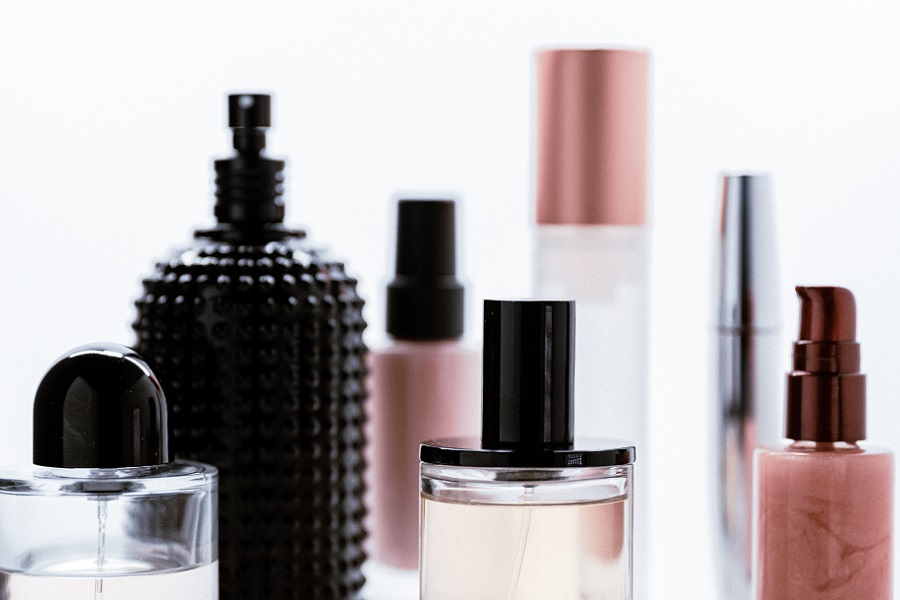
Learn about the top ingredients and contaminants to avoid and the types of products they’re found in.
A growing body of scientific evidence links the chemicals in this section to long-term health concerns like cancer and reproductive problems. To learn more about how chemicals impact your health, check out the Health & Science section.
FILTER BY:

Not listed on ingredient labels, 1,4-dioxane is a contaminant linked to cancer found in products that create suds, such as shampoo and liquid soap.
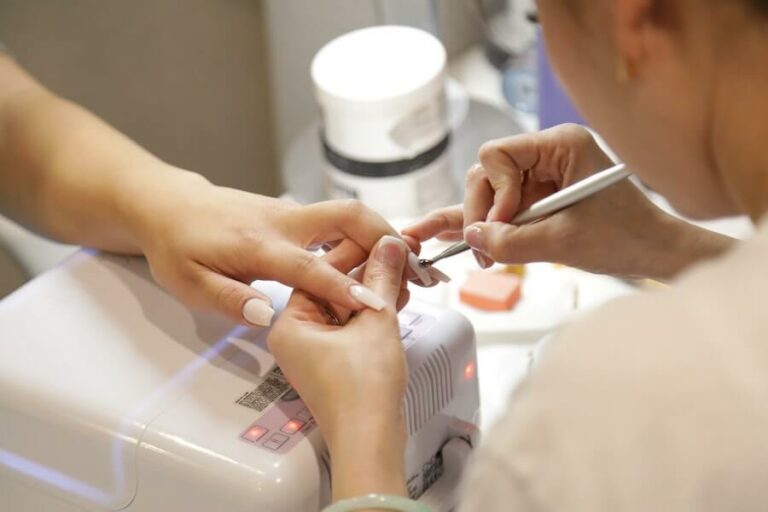
Acrylates (ethyl acrylate, ethyl methacrylate, and methyl methacrylate) are ingredients found in artificial nail products. We are mainly exposed to these chemicals through inhalation or skin contact. Despite evidence of adverse skin, eye, and throat reactions to these chemicals, they continue to be used in nail products.
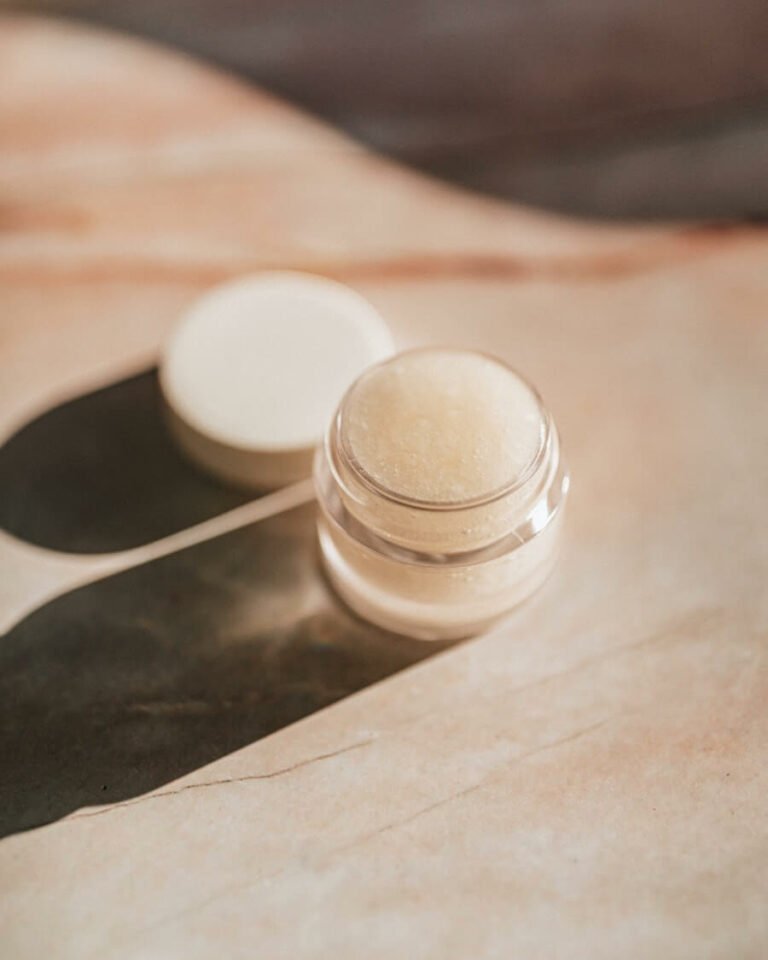
Benzophenone is used in personal care products such as lip balm and nail polish to protect the products from UV light. Derivatives of benzophenone, such as benzophenone-2 (BP2) and oxybenzone (benzophenone-3 or BP3) are common ingredients in sunscreen. Benzophenone is persistent, bioaccumulative and toxic (PBT).[1][2] These chemicals are linked to cancer, endocrine disruption, and organ system toxicity.
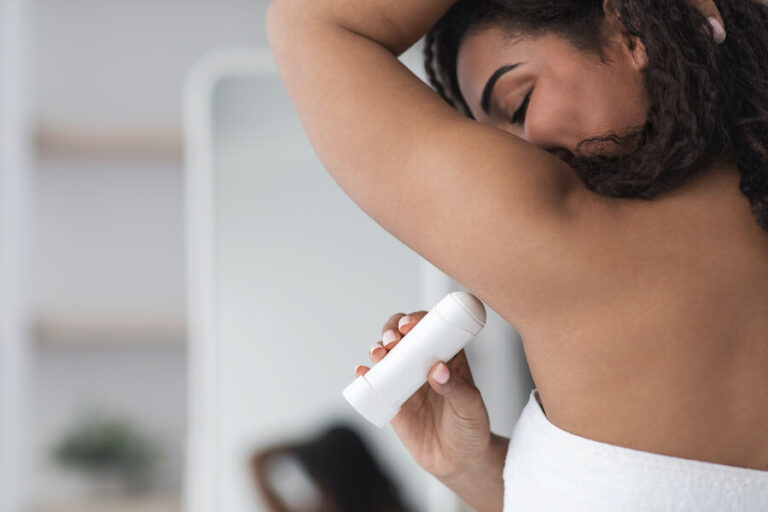
Butylated hydroxyanisole (BHA) and butylated hydroxytoluene (BHT) are used as preservatives in a variety of personal care products. Both of these chemicals are also used as preservatives in foods. These chemicals are linked to several health concerns including endocrine disruption and organ-system toxicity.
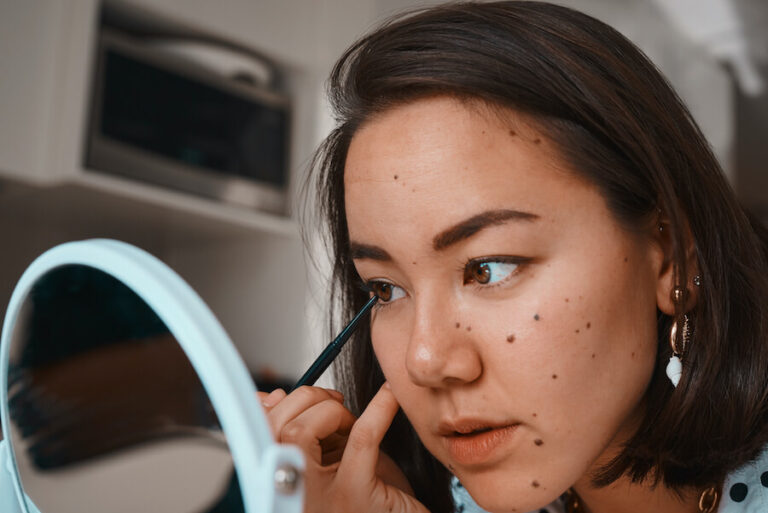
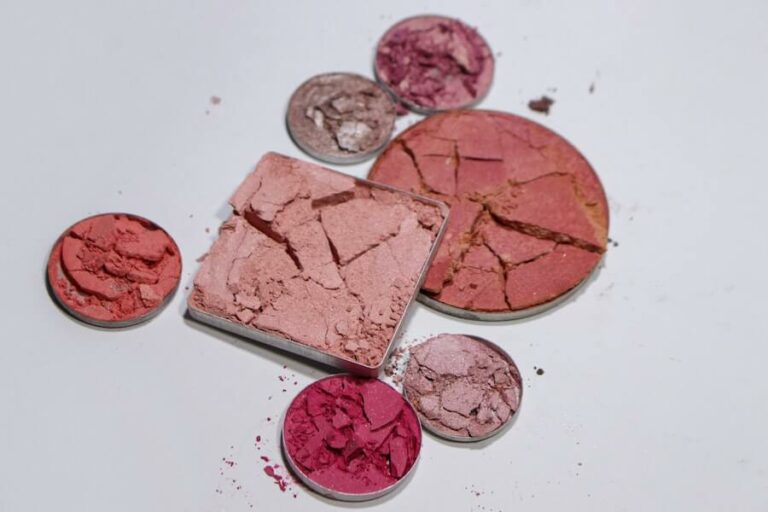
The laws governing cosmetics and personal care products are so limited that known cancer-causing chemicals, or carcinogens, are legally allowed in personal care products. Some carcinogens, such as formaldehyde and formaldehyde-releasing preservatives, are common in personal care products, while others are less common, but still occasionally present.
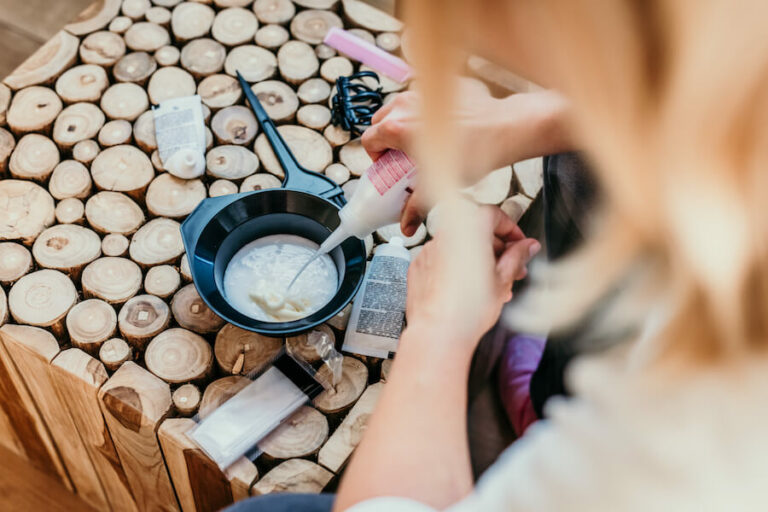

Ethanolamines are present in many consumer products ranging from cosmetics, personal care products and household cleaning products. Both have been linked to liver tumors. The European Commission prohibits diethanolamine (DEA) in cosmetics, to reduce contamination from carcinogenic nitrosamines. [1]
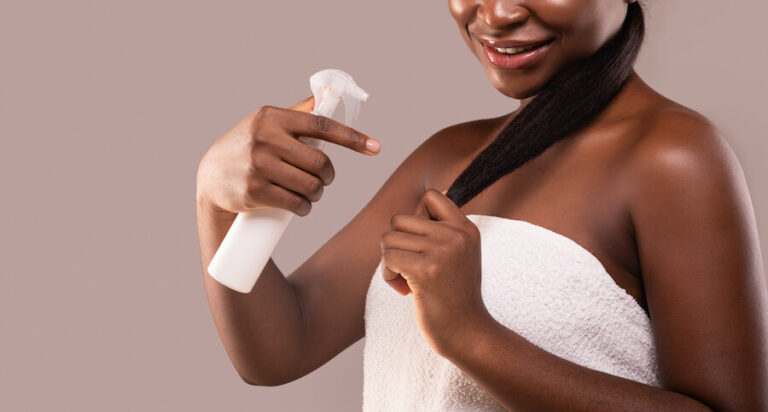
Ethoxylation is the process of reacting ethylene oxide with other chemicals to make them less harsh. Ethoxylation can create small amounts of 1,4-dioxane and leave residual ethylene oxide in the product.
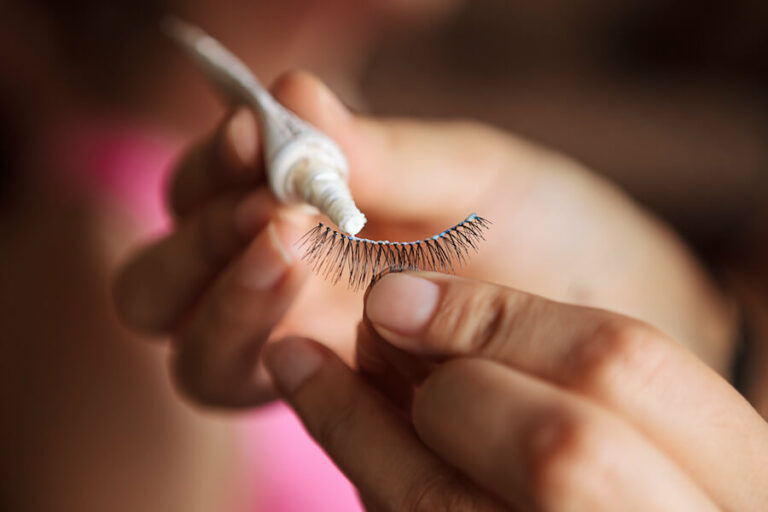
Formaldehyde and formaldehyde-releasing preservatives (FRPs) are used in many personal care products,[1] particularly in shampoos and liquid baby soaps.
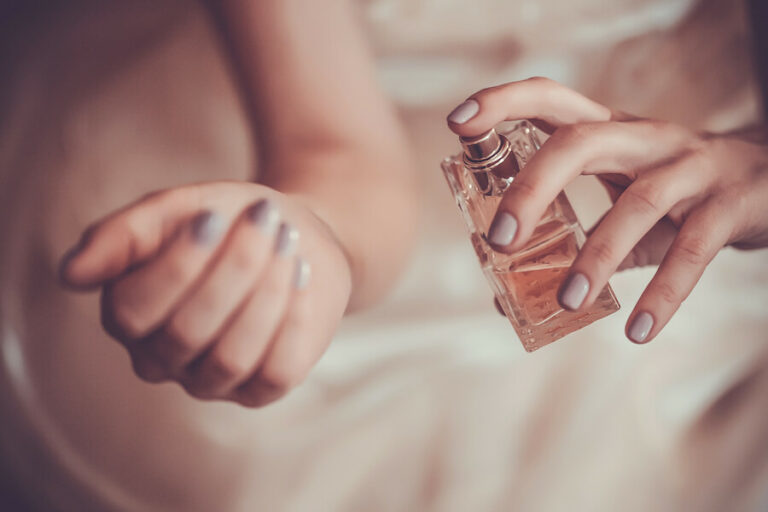
Many products list “fragrance” on the label, but very few name the specific ingredients that make up a “fragrance.” This lack of disclosure prevents consumers from knowing the full list of ingredients in their products.
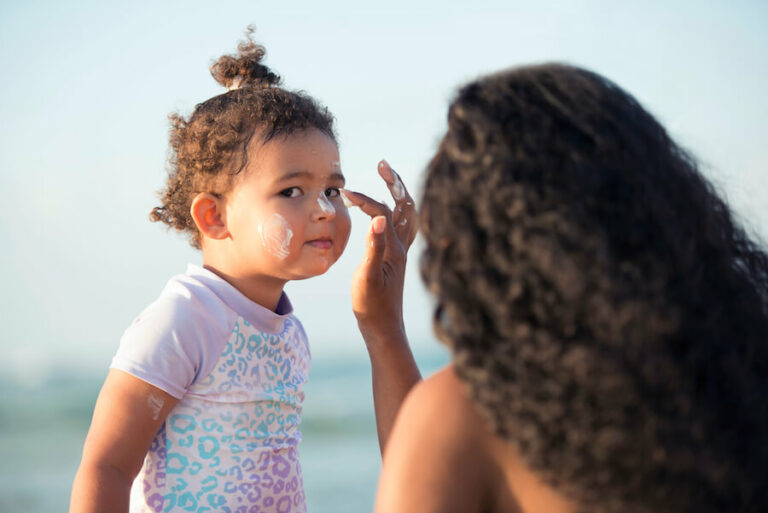
Homosalate is a widely used chemical in sunscreens and skin care products with SPF. Homosalate is a potential endocrine disruptor and studies in cells suggest it may impact hormones. In addition to direct health concerns following homosalate exposure, the chemical may also enhance the absorption of pesticides in the body.
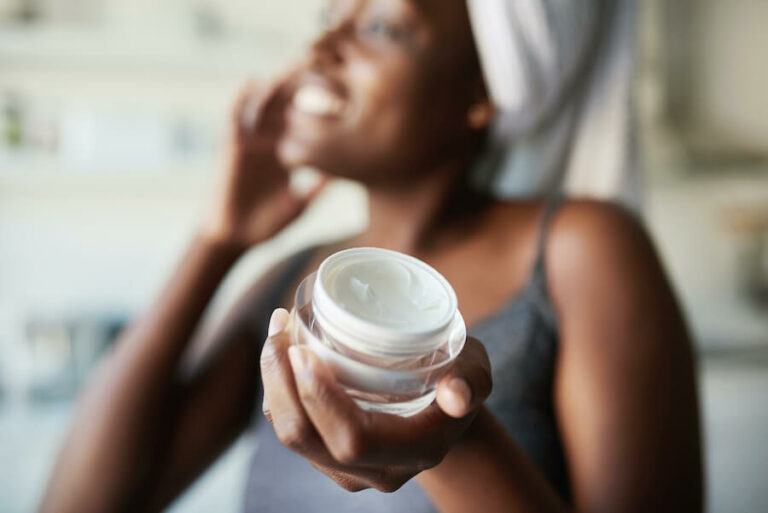
Hydroquinone is most commonly used in skin lighteners, products heavily marketed towards women of color. It is linked to cancer and organ-system toxicity.
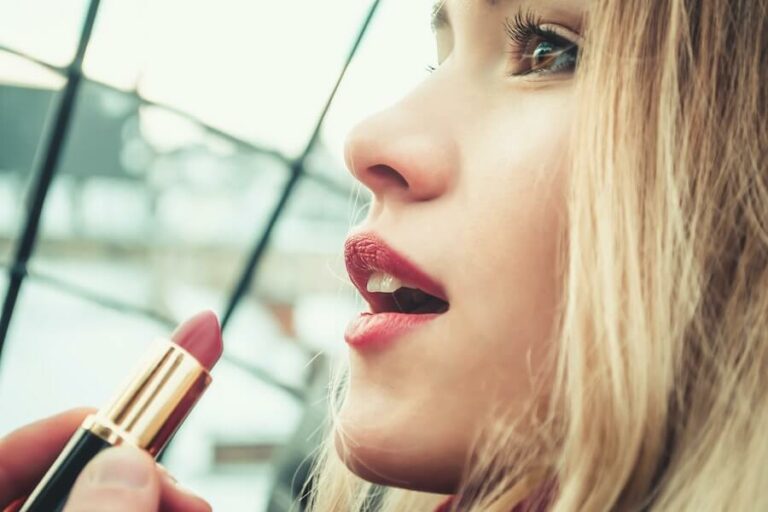
Heavy metals like lead, arsenic, mercury, aluminum, zinc, chromium and iron are found in a wide variety of personal care products including lipstick, whitening toothpaste, eyeliner and nail color.
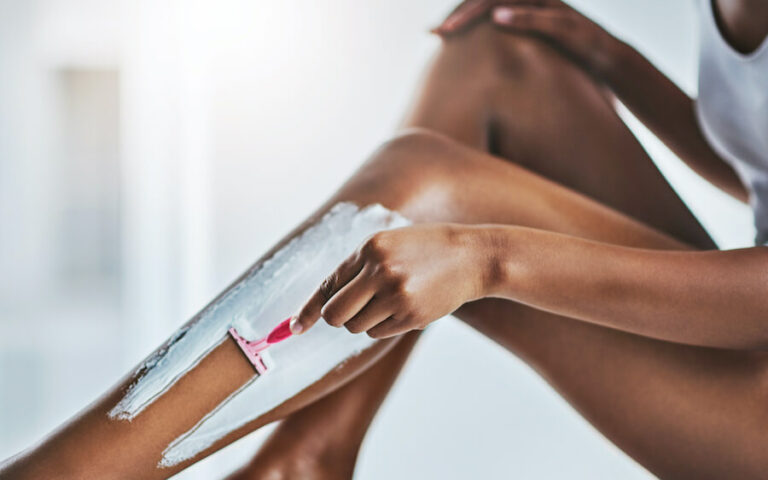
Methylisothiazolinone (MIT) and Methylchloroisothiazolinone (CMIT) may be hard to pronounce, but they can be even harder on the body. These common preservatives are found in many liquid personal care products, and have been linked to lung toxicity,[1] allergic reactions, and possible neurotoxicity.[2]
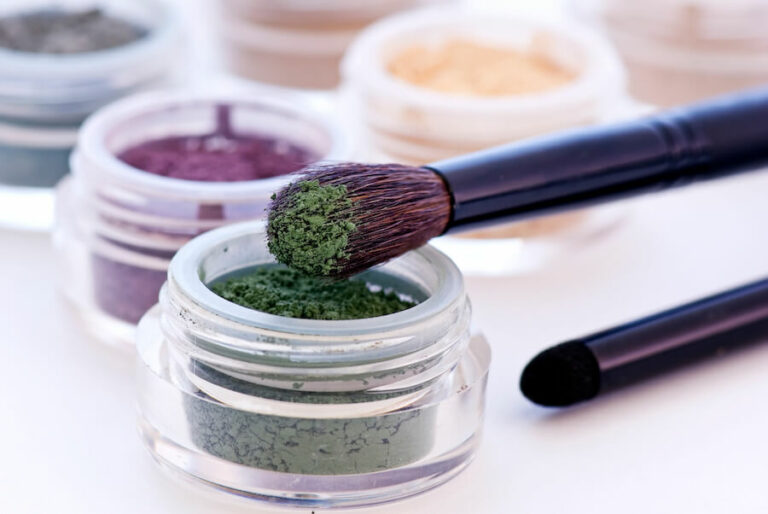
Mica is a naturally occurring mineral dust often used in makeup foundations, as filler in cement and asphalt, and as insulation material in electric cables.
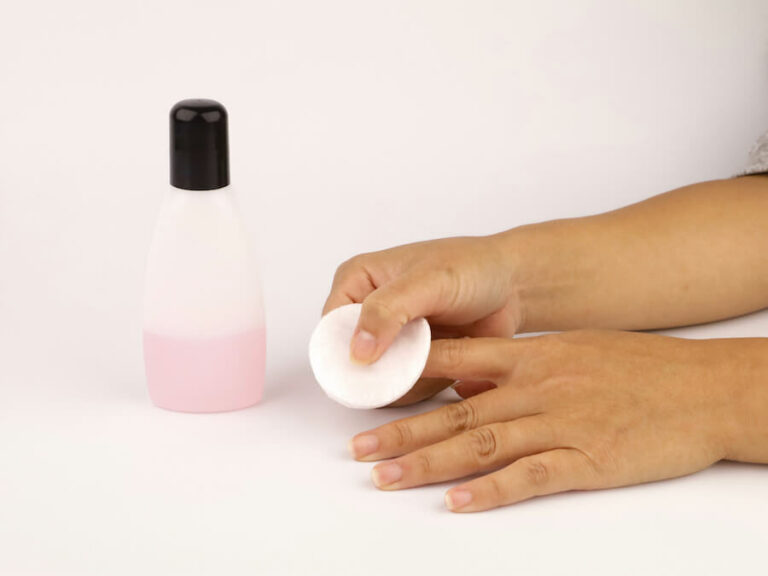
Isopropyl acetone, methyl ethyl ketone, and n-methyl-pyrrolidone, are commonly used as the solvent in nail polish removers. Evidence suggests that these chemicals may cause reproductive harm and organ toxicity. They are a serious concern for nail salon workers and pregnant women.
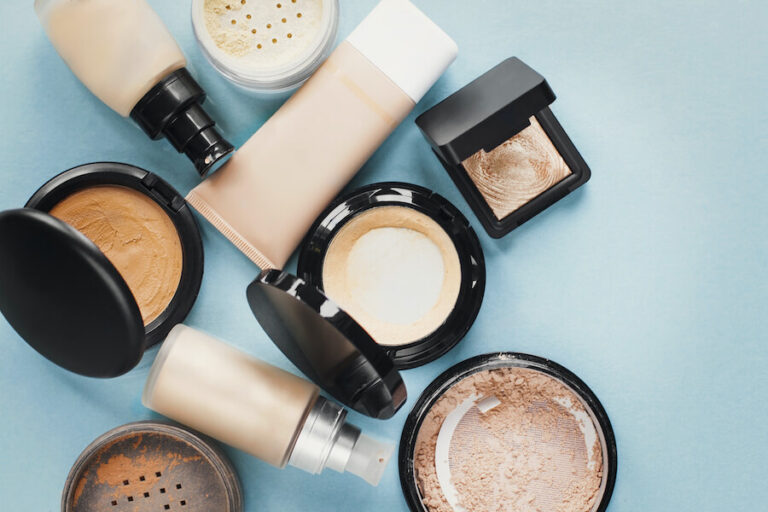
Insoluble nanoparticles in cosmetic products are essentially used as UV-filters or preservatives.Nanoparticles alter properties of cosmetic products including color, transparency, solubility and chemical reactivity.[4]
It is unclear to what extent insoluble nanoparticles are used in cosmetic products.
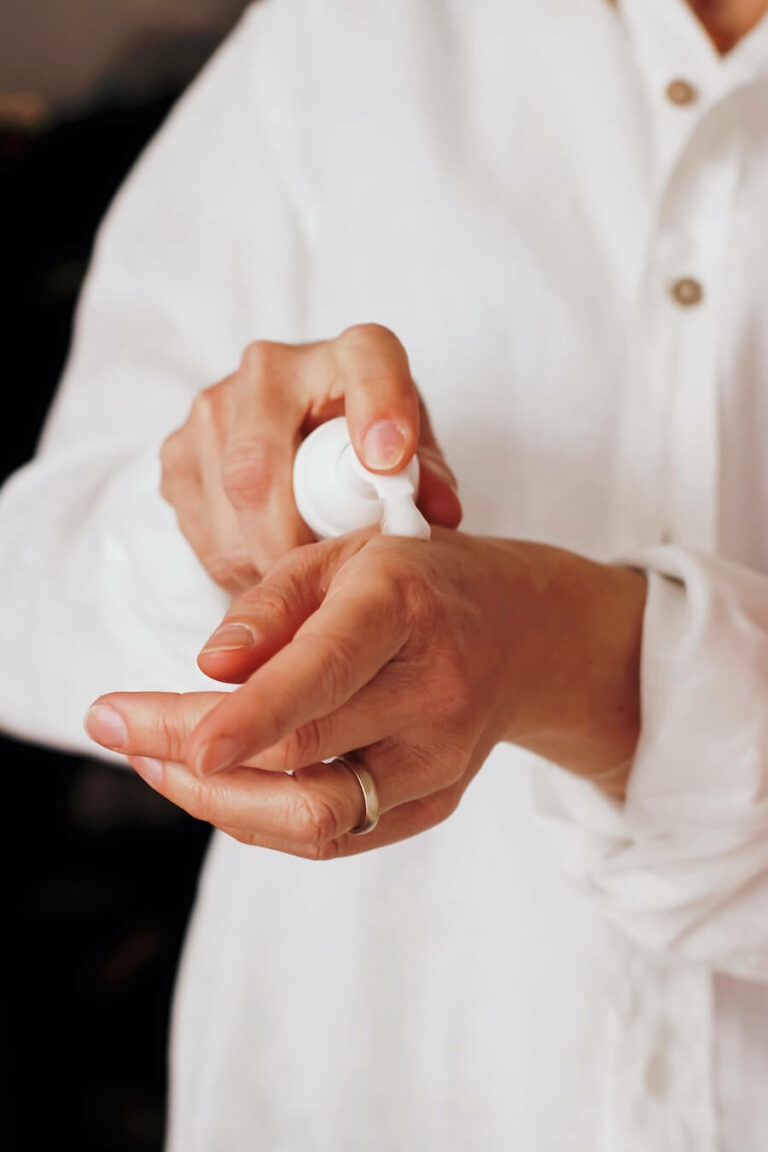
Nitrosamines are impurities that can show up in a wide array of cosmetics ingredients—including diethanolamine (DEA) and triethanolamine (TEA)—and products.
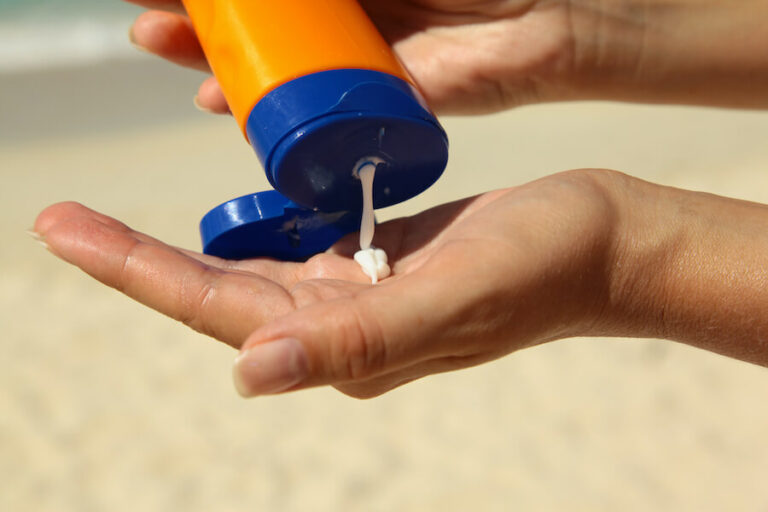
Octinoxate, also called Octyl methoxycinnamate or (OMC), is a UV filter. It can be absorbed rapidly through skin.
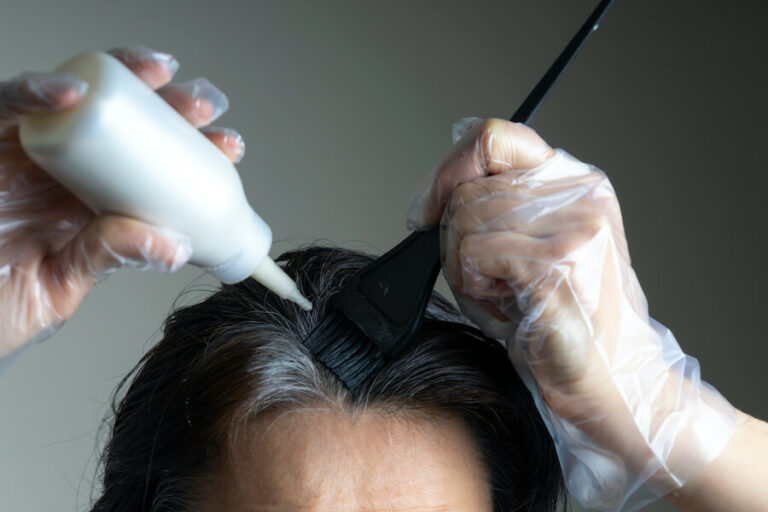
Consumers encounter p-phenylenediamine in many forms of permanent hair dyes called oxidative dyes. As a known skin sensitizer, it leads to allergic reactions. P-phenylenediamine, as well as the products of its reactions with hydrogen, can alter the genetic material of cells.
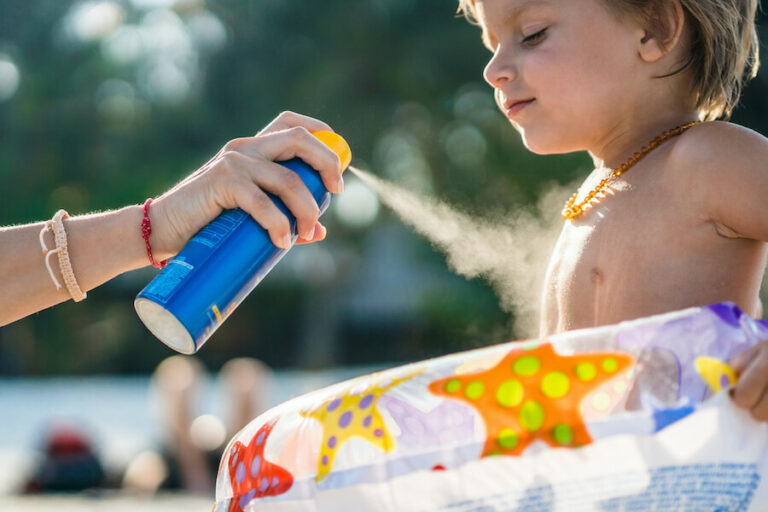

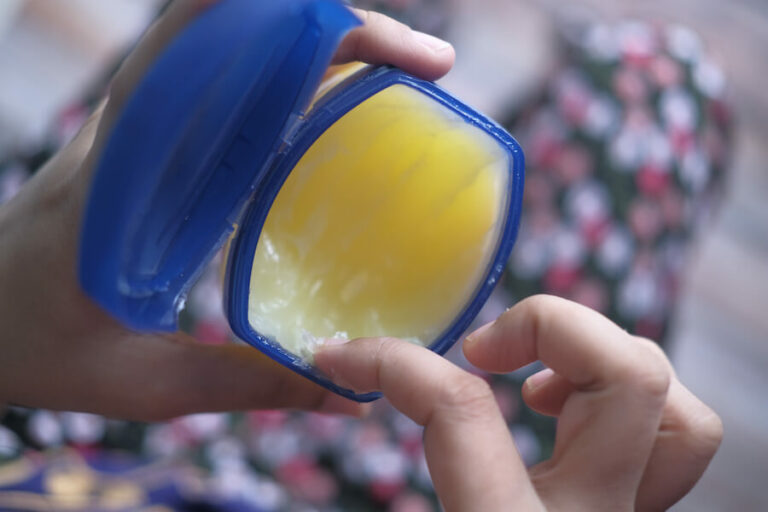
Petrolatum, or petroleum jelly, derived from petroleum, is often used in personal care products as a moisturizing agent. When properly refined, petrolatum has no known health concerns.

Phenoxyethanol is used as a preservative in cosmetic products and also as a stabilizer in perfumes and soaps.[1] Exposure to phenoxyethanol has been linked to reactions ranging from eczema[2] to severe, life-threatening allergic reactions.[3] Infant oral exposure to phenoxyethanol can acutely affect nervous system function.[4]
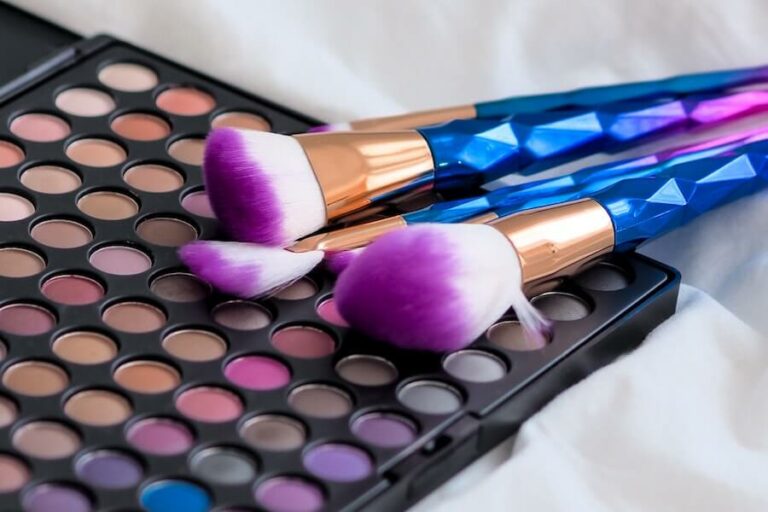
Pronounced THAL-ates, these chemicals, which are linked to endocrine disruption, developmental and reproductive toxicity, and cancer, have been banned from cosmetics in the European Union, but still remain prevalent in U.S. products.
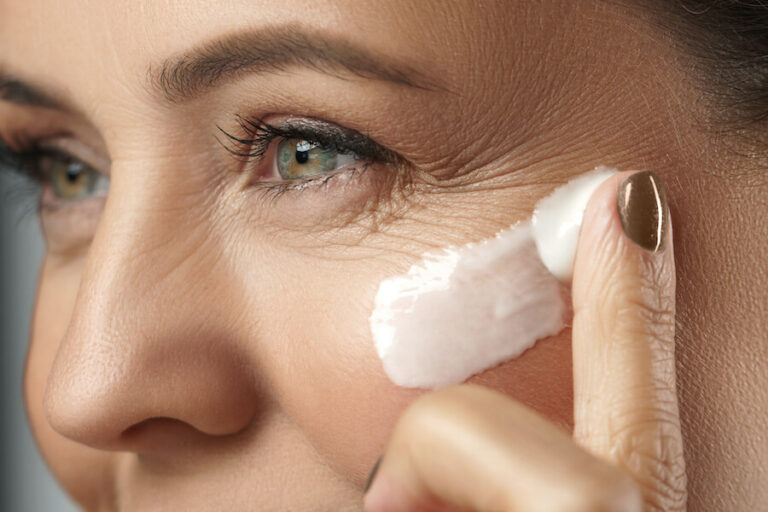
Polyacrylamide is used as a stabilizer and binder in lotions and other products. Though it is not a concern in itself, it is made up of repeating molecules of acrylamide, which is a strongly suspected carcinogen and has been linked to mammary tumors.
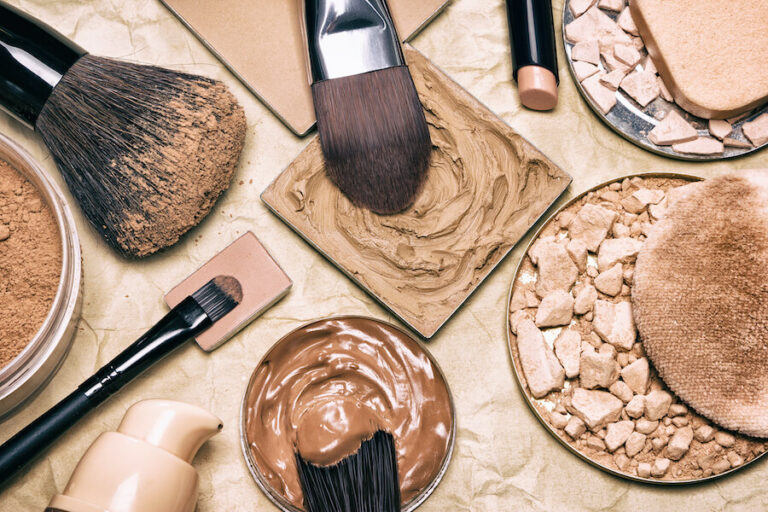
Teflon® in your makeup? Yuck. This non-stick ingredient and other fluorinated compounds have been associated with delayed menstruation, later breast development and cancer.
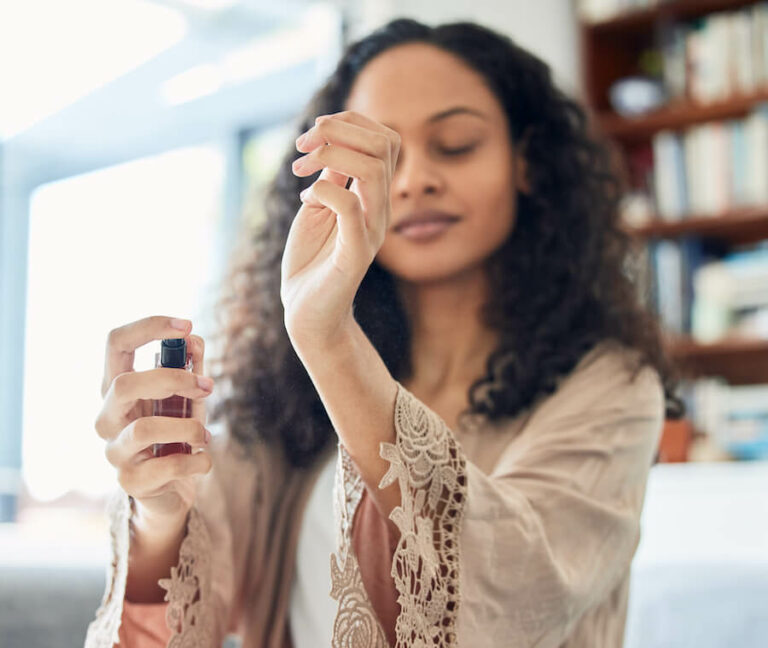
Preservatives may be used in cosmetics to prevent the growth of harmful bacteria and mold. Parabens and formaldehyde-releasing preservatives are commonly used preservatives in cosmetic and personal care products.
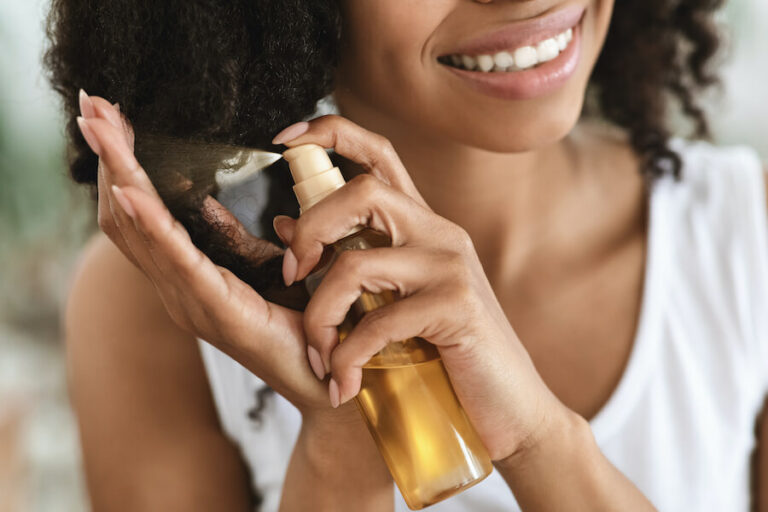
Quaternium-15, a known skin toxicant and allergen, may be especially dangerous for hairdressers and janitors, who are sometimes exposed to this formaldehyde-releasing chemical at regular doses for long periods of time.
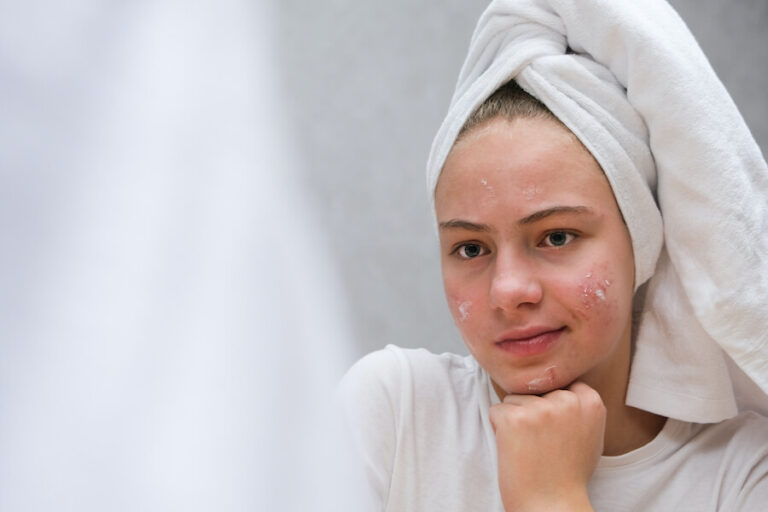
Resorcinol is commonly used in hair dyes and acne medication. In higher doses it is toxic and can disrupt the function of the central nervous system and lead to respiratory problems. It has also been shown to disrupt the endocrine system, specifically thyroid function.
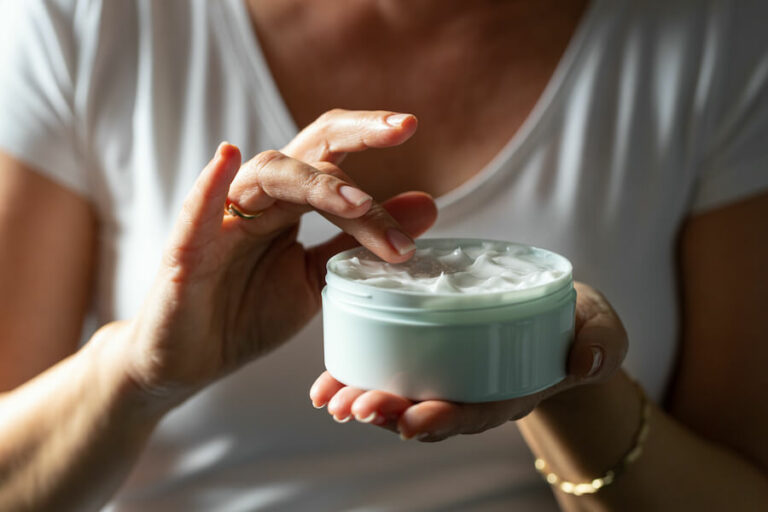
Retinol is the chemical name of the essential micronutrient vitamin A which can be harmful to your health when it’s added to cosmetic products in certain forms. Two derivatives – retinoic acid and retinyl palmitate – should be avoided in cosmetics and personal care products while retinol itself should not be used at high doses.
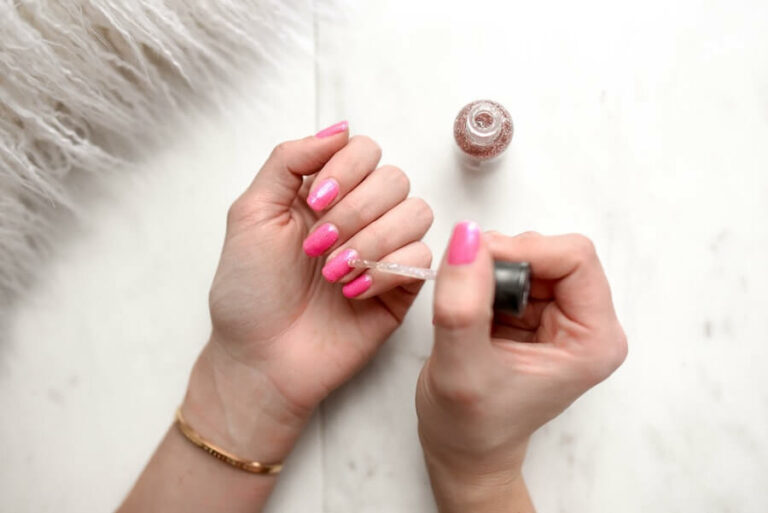
Styrene acrylates copolymer is a chain of polymers consisting of styrene and acrylate which is added to cosmetics for color. There is the potential for styrena acrylates copolymer to be contaminated with styrene, a possible carcinogen.
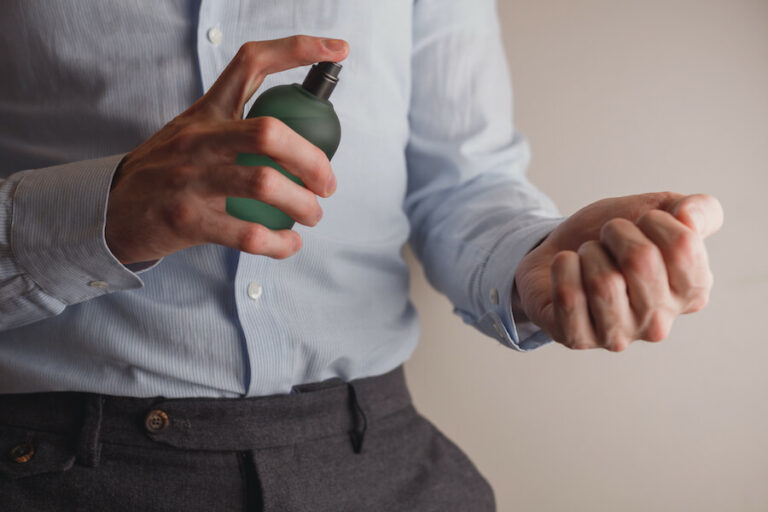
Synthetic musks are chemicals used in personal care product fragrances. They are rarely listed on the label, since fragrance ingredients are often not disclosed.
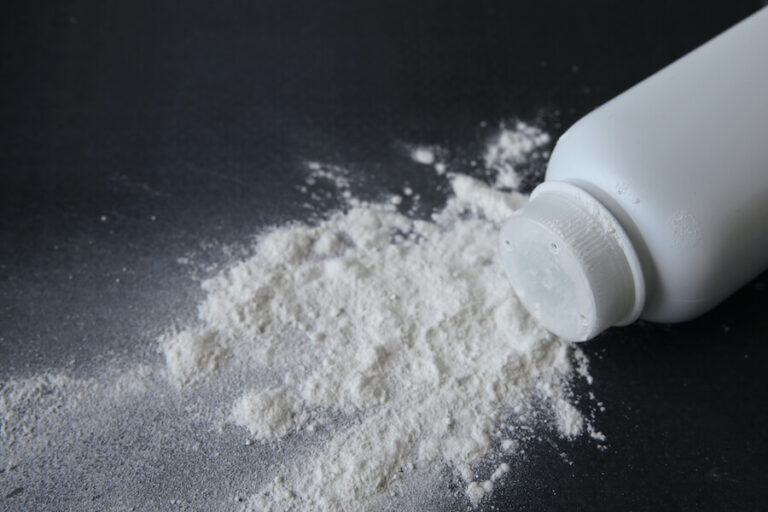
Some talc may contain the known carcinogen asbestos, therefore it should be avoided in powders and other personal care products, unless it is known to be asbestos-free. Even asbestos-free talc should be avoided in the pelvic areas.
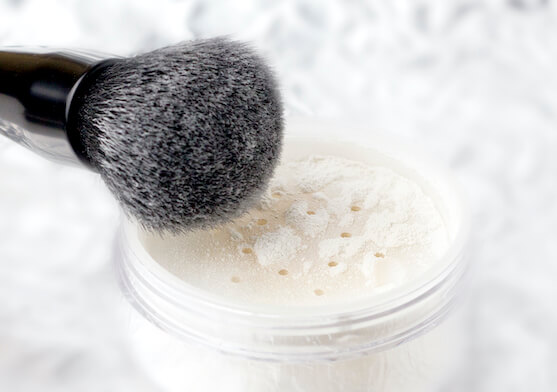
Titanium dioxide (TiO2) is used in a variety of personal care products, including sunscreens, pressed powders, and loose powders, as a UV filter or whitening agent.
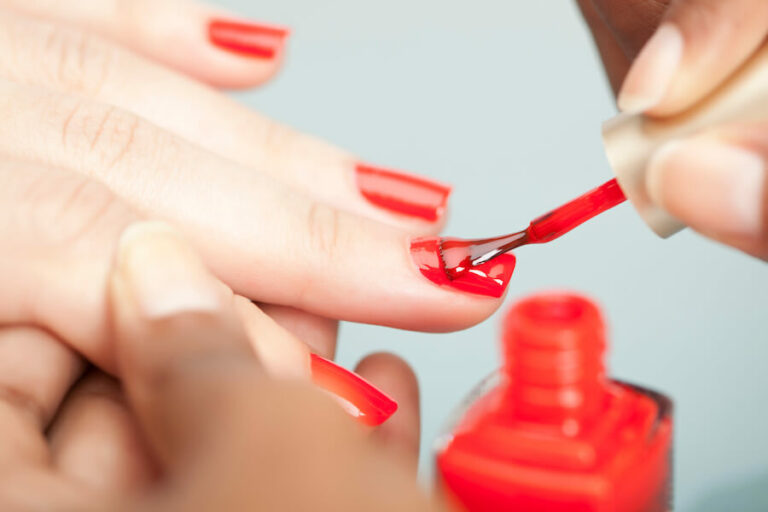
Toluene is a toxic chemical used in in nail products and hair dyes. Exposure to toluene can result in temporary effects such as headaches, dizziness and cracked skin, as well as more serious effects such as reproductive damage and respiratory complications.
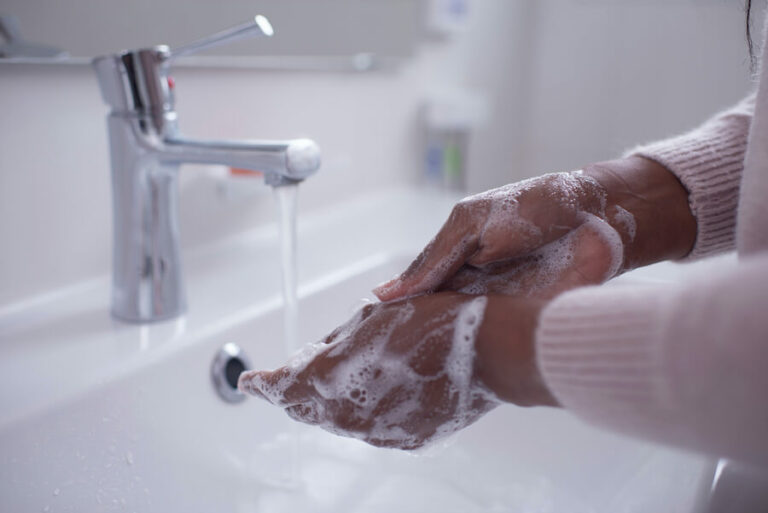
Get our emails to stay in the know.
This site is protected by reCAPTCHA and the Google Privacy Policy and Terms of Service apply.
get to know us
take action
BCPP is a 501(c)3 | EIN: 94-3155886 | Privacy Policy | Site Map | BCPP.org










